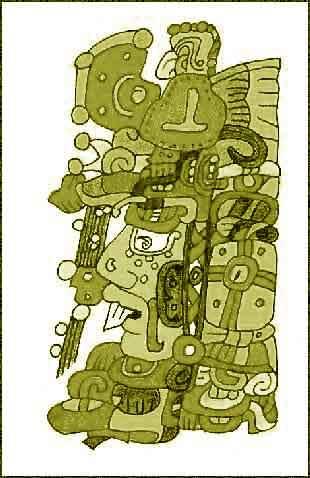What is the INNER SELF-REMEMBERING?
Topic of the Week -- Previous Topics
Answers from the books of Samael Aun Weor

It may seem incredible, but when the student observes himself, he does not remember himself. Aspirants, without a doubt, do not feel themselves; they are not conscious of themselves. Improbable as it may seem, when the Gnostic aspirant observes his way of laughing, speaking, walking, etc., he forgets himself. This is incredible, but true.
It is essential, however, to try to remember ourselves while observing ourselves. This is fundamental if we wish to awaken our conscious ness. To observe and to know ourselves, without forgetting ourselves, is terribly difficult, but is urgent if we wish to awaken our consciousness.
What we are saying seems foolish. People ignore the fact that they are asleep and that they don’t remember themselves even when they are looking at their whole body in a mirror, not even while observing themselves in minute detail. This forgetting of self, this lack of self- remembering, is really the “causa causorum” of all human ignorance. When a person arrives at a deep understanding that he cannot remember himself, then he is very close to awakening consciousness.
We need to think seriously about this. What we are saying here is of great importance, and we cannot comprehend it if we read it mechanically.
Our readers must think about this. People are unable to feel their own I while selfobserving; they are unable to pass it from one center to another, etc. In order to awaken consciousness, we must observe the way we speak, laugh, walk, etc., without forgetting ourselves, and while feeling the I inside: this is a difficult but fundamental step.
The great master Ouspensky said, “When I made the effort to be conscious of my Being; to be conscious of myself as ‘I’; to tell myself, ‘I am walking, I am doing’; to try to keep alive this feeling of “I” to feel it within: these efforts produced the first impression that thoughts remained asleep when I grasped the ‘I,’ that I could not think or speak, and that even the intensity of emotions diminished. Besides, I could stay in that state for only a very short time.”
We must dissolve the pluralized I, return it to dust but we must know it. We must study it in the forty-nine subconscious levels, symbolized for Gnostics by the forty-nine demons of Yaldabaoth.
If a doctor wishes to remove a cancerous tumor, he must first diagnose it correctly; if a person wishes to dissolve the “I”, he must study it, become conscious of it, must know it in the forty-nine subconscious levels.
During inner self-remembering, during the tremendous effort to be conscious of one’s “I”, one’s attention is obviously divided. Here, we return once again to the division of attention. One part of our attention must be directed, although it seems scarcely logical, towards the effort, and the other part towards the ego, the pluralized I.
Inner self-remembering is more than self-analysis. It is a new state that can only be known through direct experience.
Every human being has had moments like this time of inner self-remembering, perhaps in an instant of infinite terror, possibly in childhood or on some trip when we exclaim, “And what am I doing here? Why am I here?” Simultaneous self-observation and inner remembering of one’s own “I” is terribly difficult, but it is, nevertheless, indispensable if one is to truly know oneself.
During meditation, the pluralized I always does the opposite [what we do]. It enjoys fornicating when we try to comprehend lust; it creates thunder and lightning in any of the forty-nine subconscious levels of Yaldabaoth when we try to comprehend anger, it covets not being covetous when we wish to reduce covetousness to dust. Inner self-remembering is the complete awareness of the entire subconscious processes in oneself, of the ego, of the pluralized “I”.
Observing how we think, speak, laugh, walk, eat, feel, etc., without forgetting ourselves, without forgetting the intimate processes of the ego, always remembering what is occurring deep inside in the forty-nine subconscious levels of Yaldabaoth: this is frightful difficult, but fundamental, nevertheless, to the awakening of consciousness.
Self-observation or inner self-remembering initiates the development of our spatial sense, which becomes fully mature with the awakening of our consciousness.
The chakras mentioned by Mr. Leadbeater and many other authors relate to the spatial sense in the same way as flowers relate to the tree, which gives them life. What is important is the tree. The spatial sense is the awakened consciousness functioning normally. All truly awakened people can see, hear, touch, smell, and taste everything that happens in the forty-nine subconscious levels of Yaldabaoth.
Any truly awakened person can verify for himself, through direct experience, the dreams of other people (and of all creatures); he can see the dreams of people as they walk down the streets, as they work in factories, as they govern people, etc. All truly awakened people can see, smell, touch, and taste all things in the superior worlds.
Whoever wants to experience the reality of everything that happens in the superior dimensions of space must awaken consciousness here and now.
